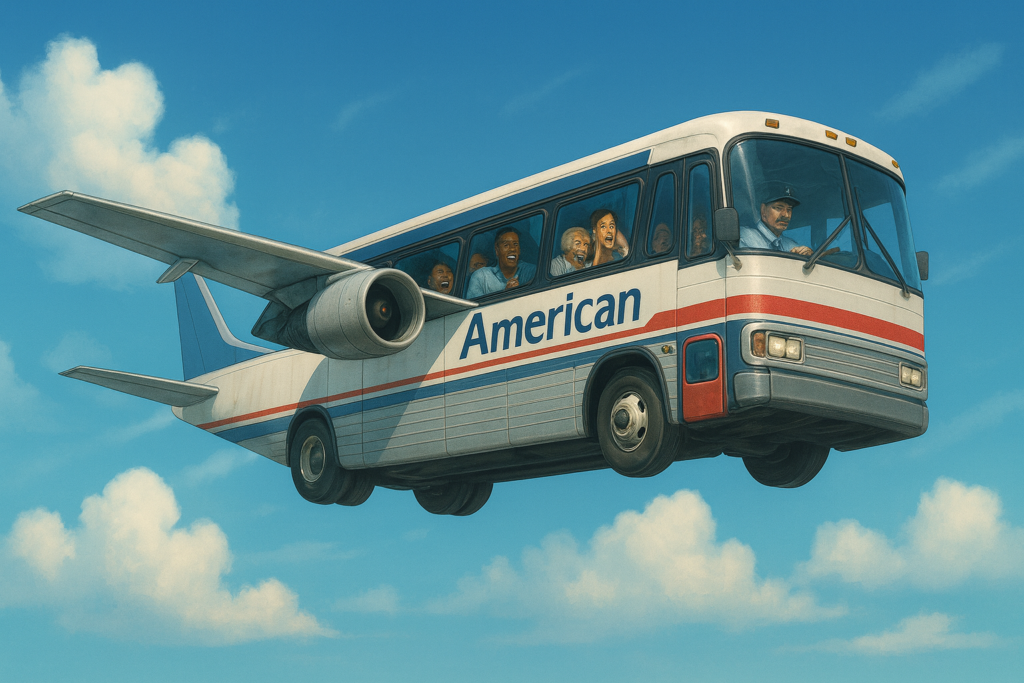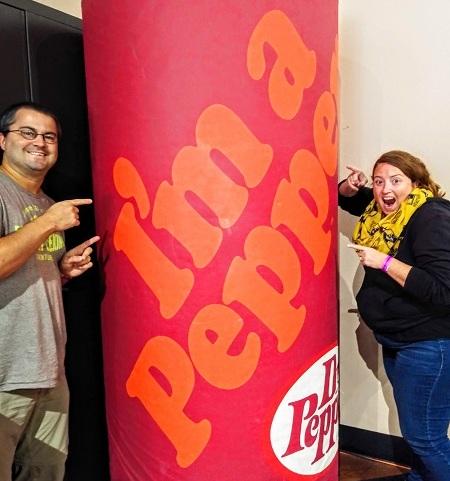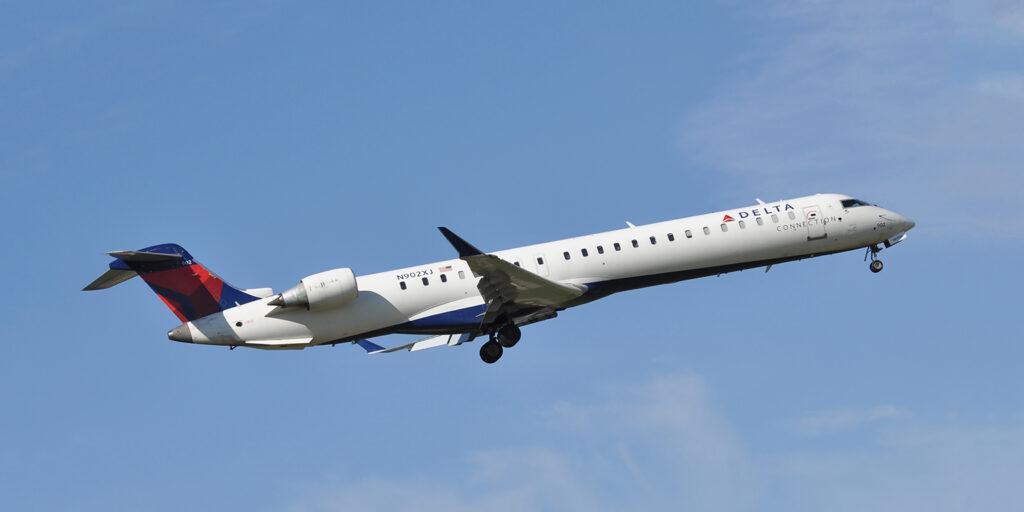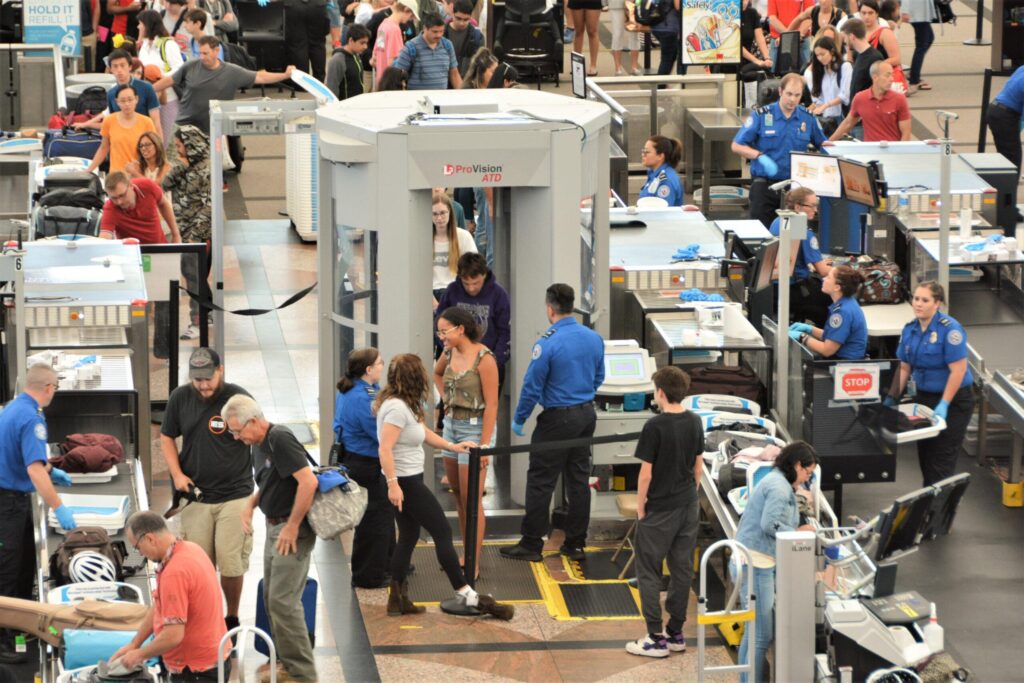
Your Southwest Terminal Guide at St. Louis Lambert
I’ve always been intrigued by the storied history of St. Louis Lambert International Airport (STL). It’s located about 14 miles northwest of downtown St. Louis and holds the distinction of being one of the oldest airports in the United States. Despite that long heritage, the airport keeps up with the times, offering modern amenities and a convenient layout for travelers.
Terminal Layout Overview
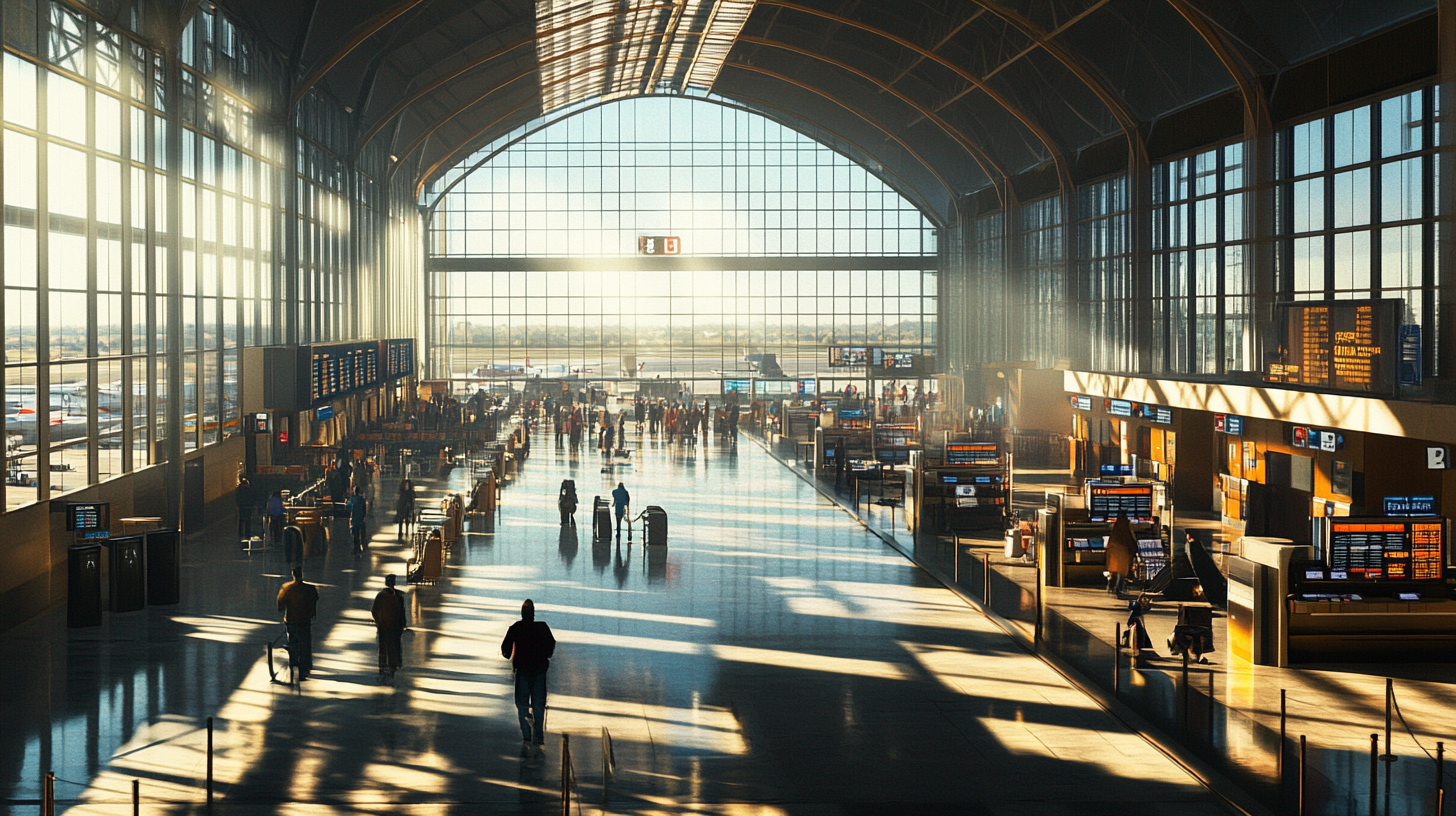
Whenever I travel through STL, I take note of its two-terminal setup. Terminal 1 hosts concourses A and C, while Southwest Airlines operates primarily out of Terminal 2, which includes Concourse E. In my experience, navigating Terminal 2 is straightforward: the top floor is home to ticket counters and security checkpoints, and the lower level is where you’ll find baggage claim and international arrivals.
I’ve noticed that the interactive map offered by the airport can be a real game-changer when you’re rushing to make a flight or find the nearest coffee shop. According to a 2024 passenger satisfaction survey from the U.S. Department of Transportation, airports with CLEAR signage and user-friendly maps consistently rank higher in overall traveler experience. STL’s map highlights gates, TSA PreCheck areas, CLEAR lanes, and more, so I recommend bookmarking it on your phone for easy access.
One little tip I’ve picked up: the shuttle buses and MetroLink rail system can help travelers reach Terminal 1 if you need to visit a lounge there. I appreciate that even though Southwest is based in Terminal 2, I’m never too far away from the rest of the airport’s offerings. In my opinion, this cohesive design adds to the efficiency and charm of flying through STL.
Arrive Early for Smooth Travel
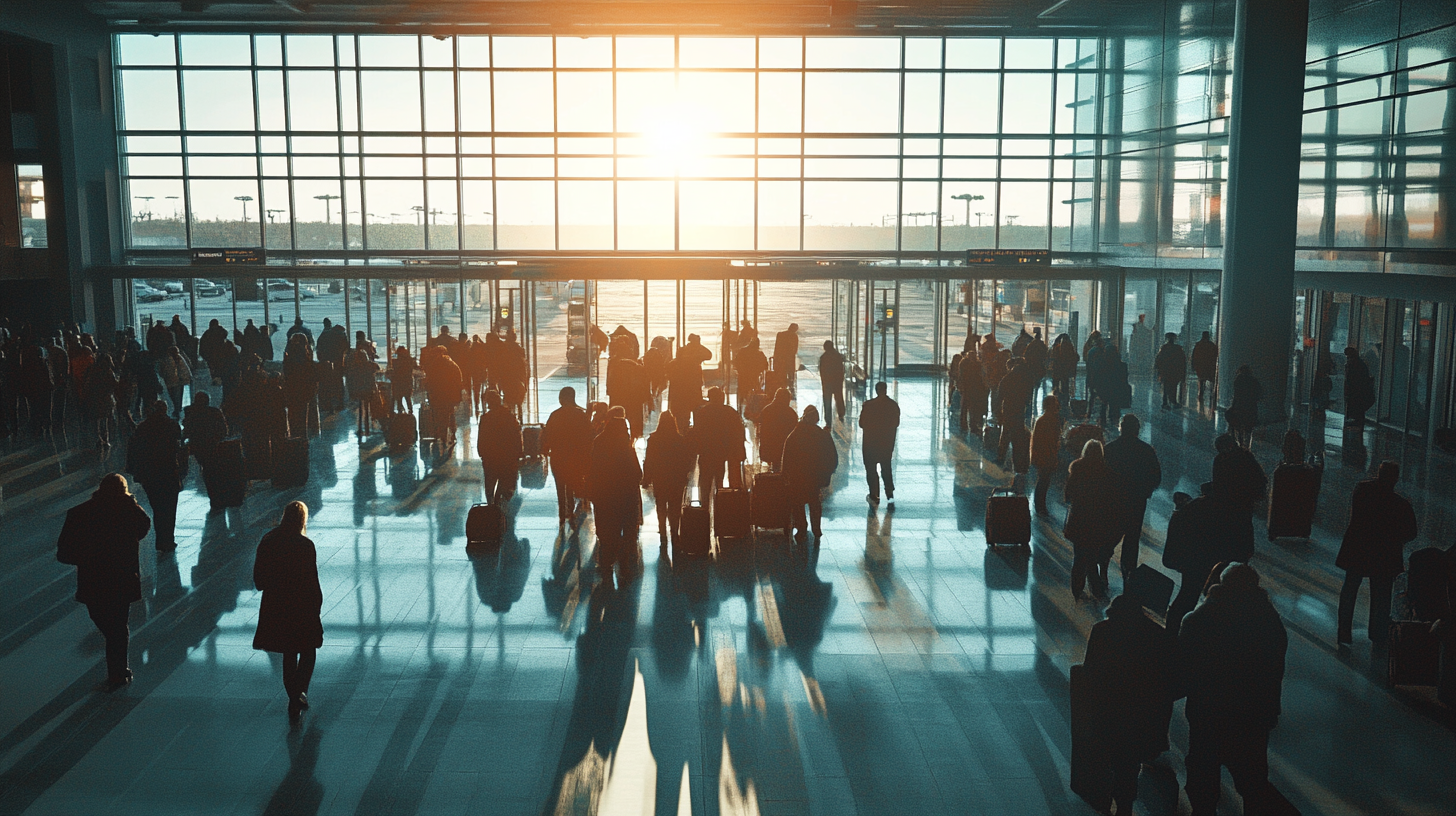
Over the years, I’ve observed that peak travel times at STL—particularly around spring breaks and holiday periods—can mean heavier crowds at security. I’ve found that arriving at least 90 minutes before a domestic flight is a safe bet, and for international travel, I tend to pad my schedule even more, showing up closer to three hours early. This aligns with Southwest’s guidance, too, especially if you need passport verification for your overseas journey.
Current TSA wait times can vary based on the day of the week and the season. According to industry data from the Bureau of Transportation Statistics, average wait times at mid-size airports like STL can surge by as much as 30% during holiday peaks. My advice: always remain flexible, monitor wait times online, and remember that a little extra planning goes a long way toward a stress-free flying experience.
One more insider tip: If you’re traveling with family, keep an eye out for family-friendly screening lanes. While not all airports have them, many, including STL, occasionally make accommodations that can expedite the process for those traveling with small children or anyone needing extra help.
Amenities to Enjoy
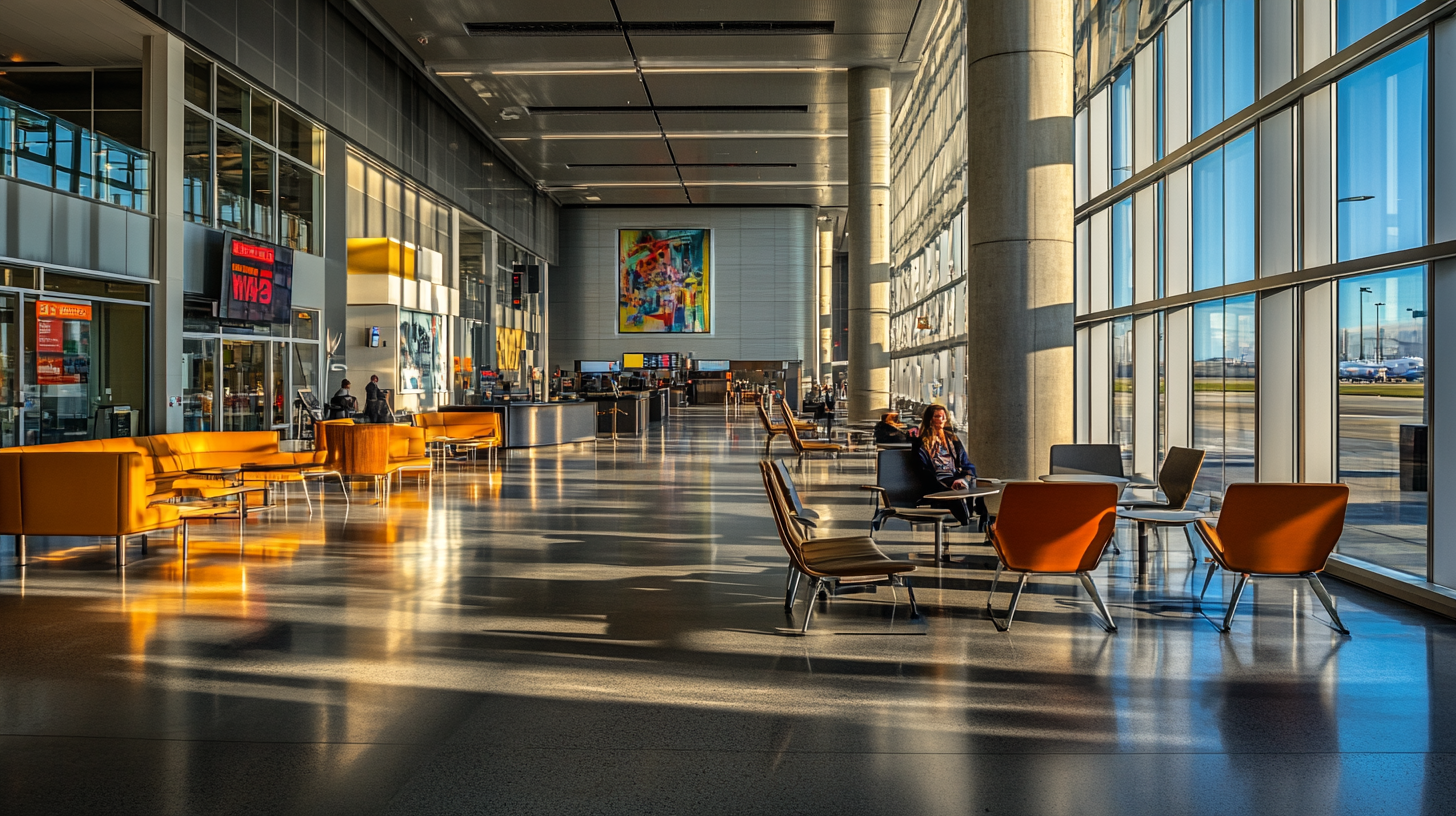
From personal experience, Terminal 2 is a comfortable place to spend a layover if you plan it right. You’ll find duty-free shops for any last-minute gift pickups and a range of eateries—from quick bites to sit-down meals. I often grab a snack at one of the cafes before settling in at a charging station to get some work done.
The airport’s free Wi-Fi is a boon for travelers who need to stay connected. I’ve finished entire blog drafts while waiting for my flight, thanks to the stable connection. Meanwhile, families can let their children burn off that travel excitement in designated play areas, and pet owners aren’t left out either, as there are service animal relief stations to keep everyone comfortable.
If you’re longing for a more traditional lounge experience, you might find those primarily in Terminal 1. Personally, I’ve found the seating areas in Terminal 2 to be perfectly suitable for stretching out or catching up on emails. I like to see an airport that caters to both the speedy traveler who just wants to board and the busy professional who needs a quiet corner.
On-Time Stats & Seasonal Factors
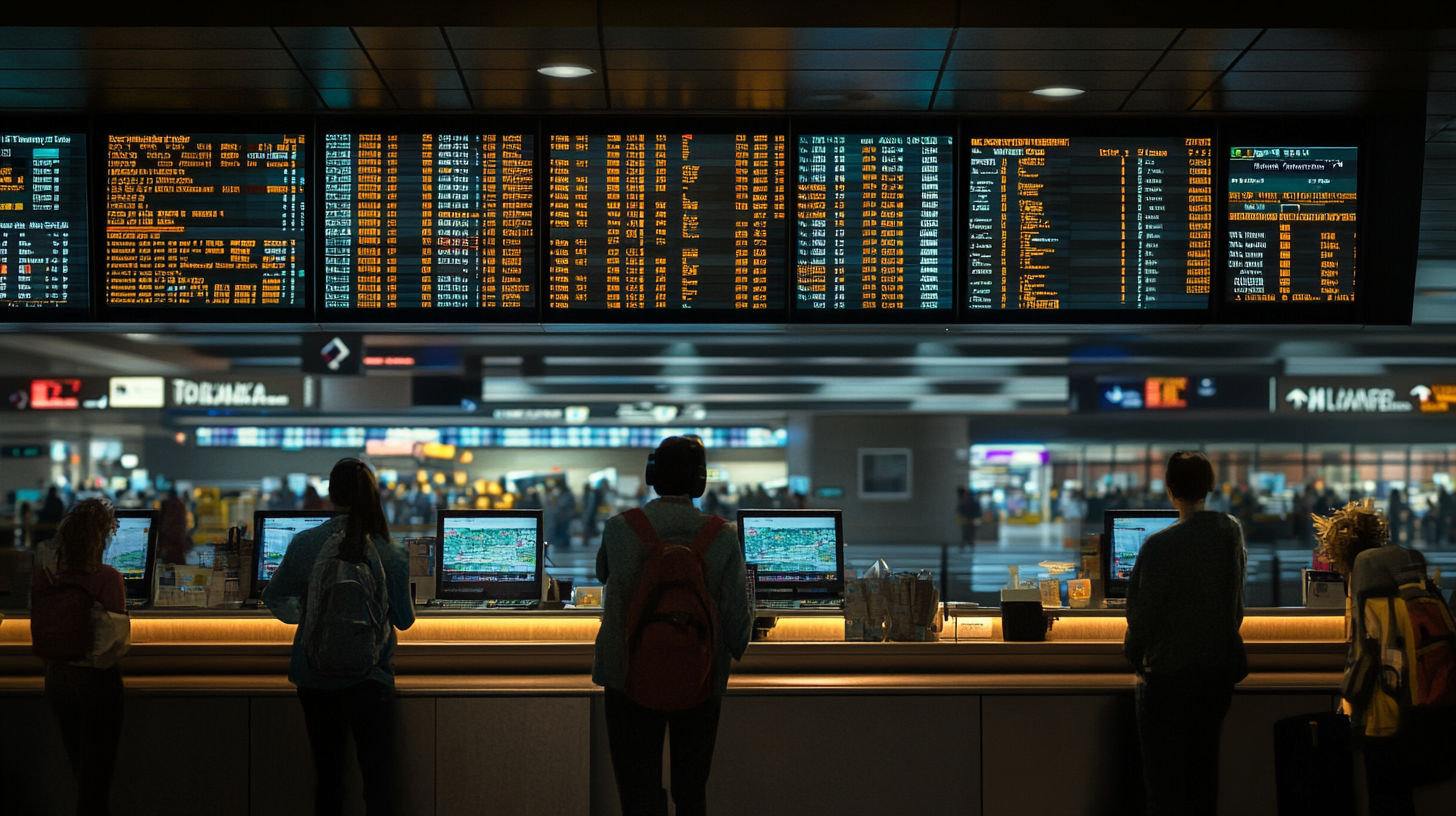
According to recent data on 9,575 Southwest flights from December 28, 2024, to March 27, 2025, about 81% of these flights arrived on time, with average delays hovering around 10 minutes. I find these stats oddly comforting, especially if I’ve got a tight schedule once I land. Even though it’s not an absolute guarantee, an 81% on-time performance is a solid figure.
I pay close attention to seasonal demands, which can affect on-time performance and airport congestion. For instance, during spring break or the winter holidays, you’re more likely to encounter crowds and schedule tweaks. By following the official recommendations—such as arriving earlier during peak seasons—I’ve typically avoided missing flights or feeling too rushed.
My advice is to set alerts with Southwest’s own notification system or a trusted third-party flight tracking app. I’ve seen day-to-day schedules shift unexpectedly, so it’s a good habit to keep an eye on any real-time changes that might happen without much notice.
Getting Around & Additional Tips
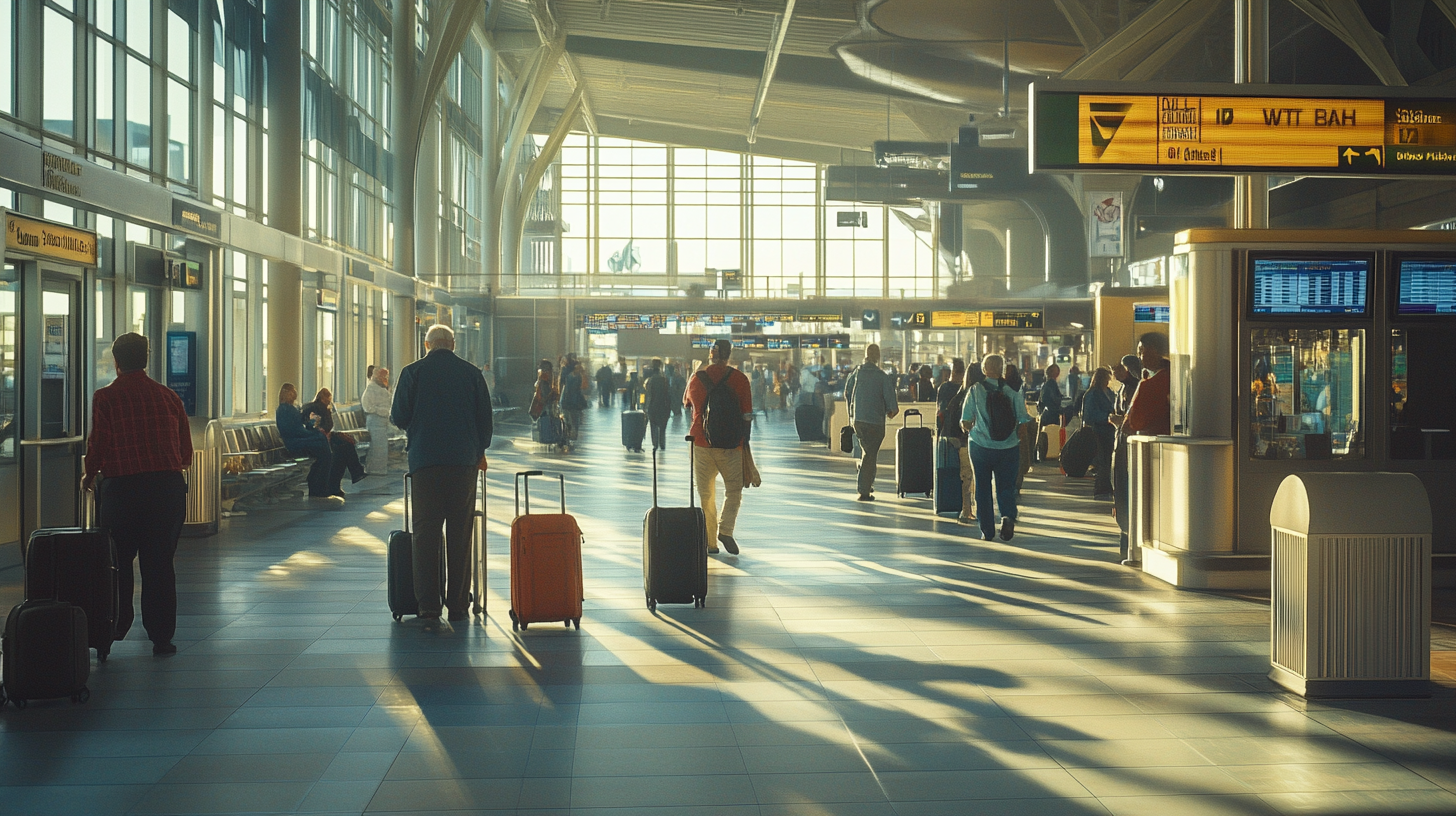
While Terminal 2 largely focuses on Southwest, I’ve found it handy that shuttle buses and the MetroLink rail line help you explore the rest of the airport or connect to Terminal 1 if needed. The signage is easy to follow, and staff are generally eager to assist if you look even remotely confused—something I appreciate when juggling multiple bags and devices.
For check-in, Gate E38 is where I typically start for Southwest flights, and baggage claim waits for me at Gate 1 after I land. In my experience, the flow works well and I can usually retrieve my luggage in good time, especially if the flight arrives off-peak. If I ever need extra help, the airline’s customer service number, 800-435-9792, is a great resource. I’ve called them a few times to clarify baggage allowances and had quick, straightforward assistance.
Terminal 2 is open 24 hours, which can be a lifesaver for late-night or early-morning connections. I’ve even spotted overnight travelers catching some quick rest in seating areas. As a final note, keep an eye on any special credit card perks you may have that could enhance your airport experience. I often recommend scanning for limited-time rewards or offers that can update from season to season.
Final Thoughts
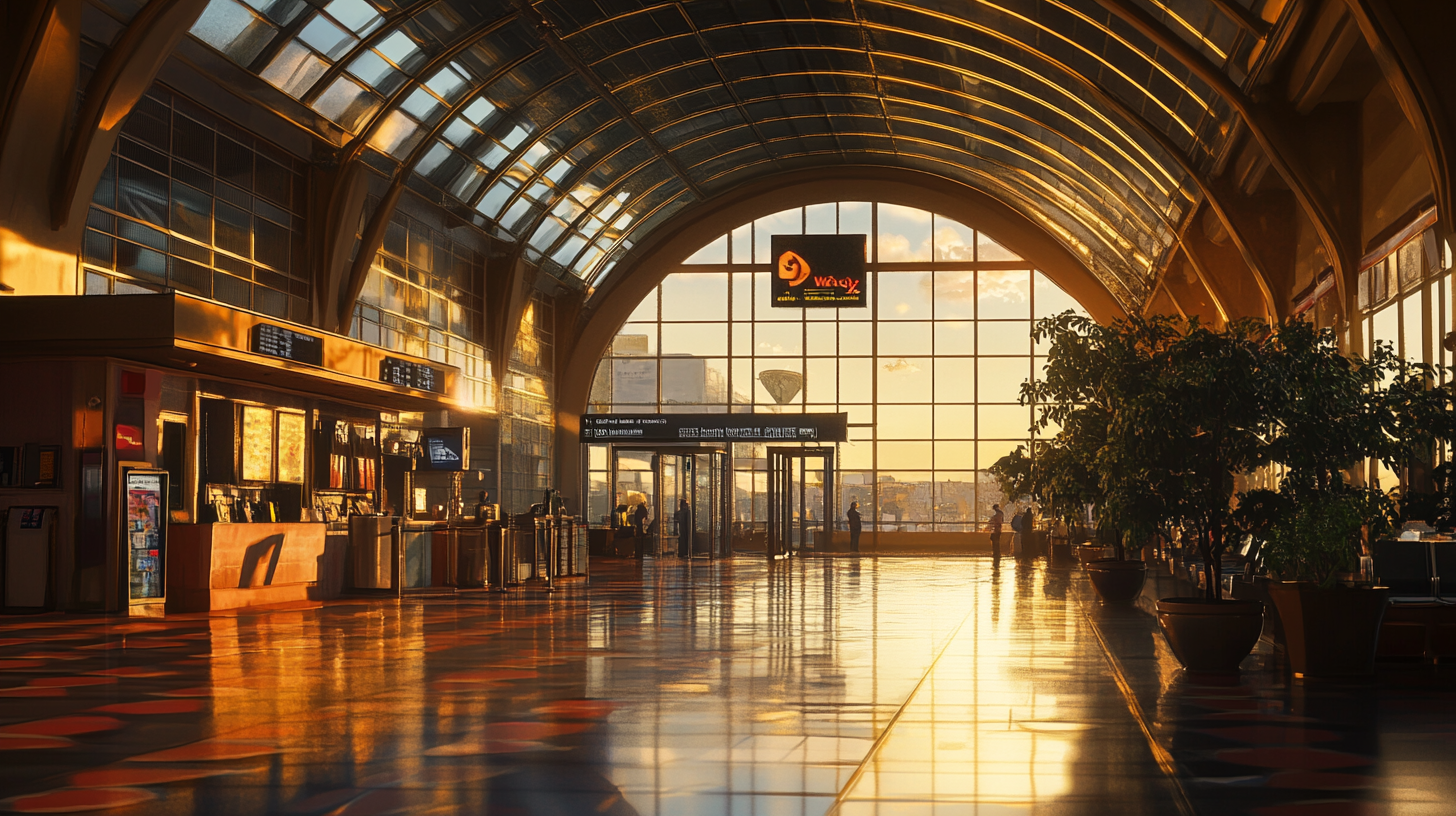
Overall, flying Southwest through St. Louis Lambert International Airport can be smooth, convenient, and even pleasantly surprising. By familiarizing yourself with the terminal layout, planning for possible delays, and taking advantage of the available amenities, you can turn an ordinary airport visit into a relaxed part of your journey.
I’ve spent enough time at STL to appreciate both its historic charm and ongoing efforts to upgrade for modern travelers. The on-time performance statistics and helpful staff make this airport a contender for one of the more streamlined air travel experiences in the region. With a bit of foresight and flexibility, you’ll be set for an efficient trip.
Sky Skylar’s Take
I’ve read countless articles about airport logistics, and STL’s Terminal 2 stands out for how it balances accessibility with a dash of hometown friendliness. I’m a big fan of the well-marked shuttle and rail options, which is something I always look for when factoring in layover decisions.
In my view, the best advice is to keep an eye on those flight stats, show up early, and take advantage of the freebies and amenities on hand. Little details like free Wi-Fi and easily navigable concourses can make all the difference for a stress-free travel day.
Looking for more tips and updates on all things travel? Follow us back to BoardingArea for even more.

